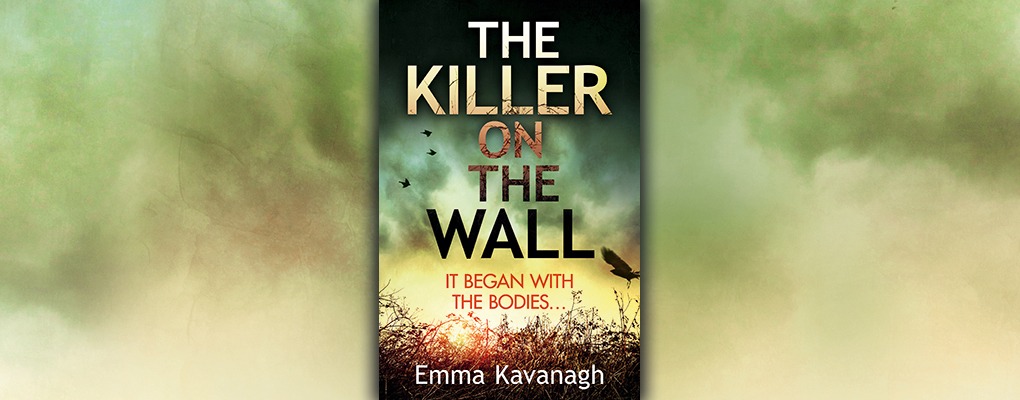Books
Emma Kavanagh: murder in a small town
When we think of murder, we think of the mean streets, of the big city, an agglomeration of people all stuffed up against one another, so that the very closeness of them breeds anger, resentment and, ultimately, violence. And yet murder, even serial murder, is not solely the provenance of the big city. In The Killer On The Wall, the serial killer strikes at the heart of Briganton, a small village in which everyone knows everyone else.
There is something especially sinister about the notion of murder in a small community. When we live in a village, the thought that we know everyone we see as we go about our daily lives is a comforting one. Evolution has programmed us to fear the unknown, and our brain is at its most alert to danger when we find ourselves surrounded by strangers. There is comfort in familiarity. And yet, our knowledge of the people with whom we share our community is a false comfort at best. Because what we know of them is their public persona. We know whether they say good morning, whether they wash their car on a Sunday or how often they mow their lawn. By those standards, our neighbours might seem like the dearest people on earth. Yet what we do not see is the true personality that lies beneath that public facade. We do not see their anger. We do not see the violence that simmers beneath the surface. There is less intensity in a small community, fewer people, more space. And that reduced intensity leads us to feel safer. We do not feel the need to lock our doors, because we know our neighbours. And it is the unknown that frightens us.
The trouble is, every serial killer who has ever been caught has been known to someone.
We tell ourselves that serial killers are monsters and that when we meet them, something will set them apart, differentiate them from the norm. Warn us of the danger we are in. But the truth is, many serial killers have hidden themselves in plain sight. The Green River Killer – Gary Ridgeway – was married. Ted Bundy worked on a suicide hotline alongside a true crime writer as she investigated his murders. John Wayne Gacy dressed up as a clown for children’s parties. Between them, these three men murdered more than a hundred people. Their public persona is often extremely persuasive, designed to make those around them feel safe.
How often have you heard it said, of paedophiles, of murderers, “He seemed like such a nice man”?
Murders in small communities can also have a serious impact on the ability of the survivors to recover from their experiences. In The Killer On The Wall, Briganton itself has become one of the many victims of the serial killer, its very name becoming inextricably wrapped up with murder. Survival in the aftermath of a serial killer depends on our ability to psychologically process the violence that has entered our lives. Sometimes that processing will involve moving past the trauma, building a life beyond it. And yet, when all anyone knows of your home town is that it was the scene of an horrific murder, that moving beyond can be extremely difficult.
For Isla Bell, fear is a battle that she fights daily. Our homes are where we run to when we are afraid. They are the places where danger can be set aside, where we can find comfort. But for those who have grown up with murders on their own doorstep, there is little sense of security to be had. The place that we should feel safest now suddenly feels like the most dangerous place of all.
For the people of Briganton, their community has come to act as a painful reminder of how much they have suffered, the families of those who have died and the families of those who have killed having to learn how to co-exist and to come to terms with what their life has become.
And now the murders have begun again…
The Killer on the Wall hits shelves on 20th April.



Please note: Moderation is enabled and may delay your comment being posted. There is no need to resubmit your comment. By posting a comment you are agreeing to the website Terms of Use.